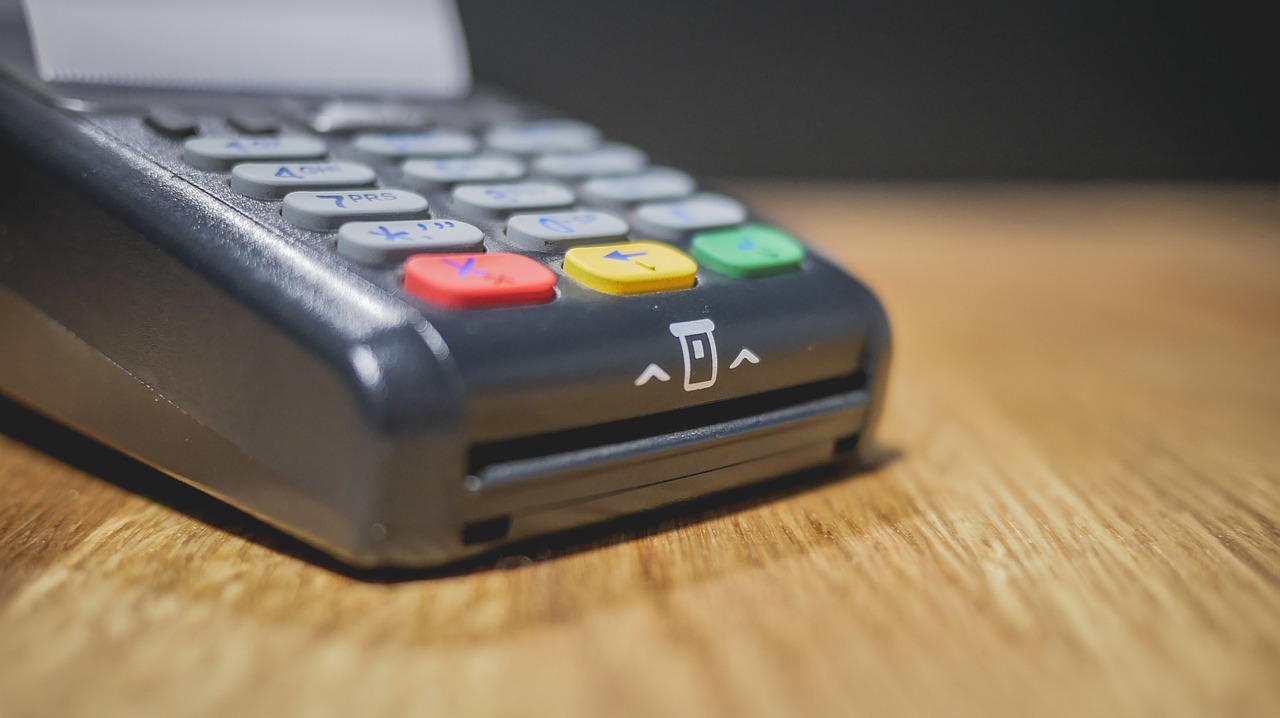Have Americans finally maxed out their credit cards?
It looks like they may have and that's bad news for an economy that has run on credit cards for the last year.
According to the latest data released by the Federal Reserve, revolving credit cratered in March. Meanwhile, non-revolving credit continued to grow at a tepid rate, a trend we've seen for well over a year.
Both of these data points signal the American consumer may well be tapped out.
Overall, the growth of consumer debt slowed considerably. Consumer credit grew by a modest $6.3 billion, a 1.5 percent increase. Americans now owe $5.06 trillion in consumer debt.
The Federal Reserve consumer debt figures include credit card debt, student loans, and auto loans, but do not factor in mortgage debt. When you include mortgages, U.S. households are buried under a record level of debt. As of the end of 2023, total household debt stood at $17.5 trillion
Pundits and politicians have talked up the "robust economy" and the "resilient" American consumer for months, but this economic growth was courtesy of Visa and Mastercard. It was not exactly a sustainable economic trajectory.
Now, it looks like the American consumer might have maxed out the credit card, or they're at least feeling the strain of sky-high interest rates.
Revolving debt, primarily reflecting credit card balances, barely budged in March, growing by just 0.1 percent, a $200 million increase.
Even with credit card use tanking, American consumers are still buried under a record $1.34 trillion in revolving debt.
The double whammy of rising debt and interest rates exacerbates the debt problem. Average credit card interest rates eclipsed the previous record high of 17.87 percent months ago. The average annual percentage rate (APR) currently stands at 20.66 percent, with some companies charging rates as high as 28 percent.
This is one of the problems confronting the Federal Reserve. Even though inflation remains sticky, the central bank needs to ease interest rates before they bury debt-saddled American consumers.
Consumers are already laboring under the strain of rising debt. According to the New York Fed, delinquencies increased in every debt category during the fourth quarter of 2023, with about 8.5 percent of credit card balances in delinquency.
"Credit card and auto loan transitions into delinquency are still rising above pre-pandemic levels,” said Wilbert van der Klaauw, economic research advisor at the New York Fed. “This signals increased financial stress, especially among younger and lower-income households."
Consumer debt is also putting strain on banks. The net charge-off rate on credit card loans came in at 4.15 percent as of the end of 2023. It was the highest rate for this portfolio reported by the banking industry since the first quarter of 2012.
All of this underscores the fundamental problem of running an economy on credit. It’s expensive and credit cards have an inconvenient thing called a limit.
And it appears American consumers may be bumping up against that limit. This could account for the unexpected slowdown in GDP growth in the first quarter.
The growth in non-revolving debt also reveals problems in America's borrow-and-spend paradise.
Non-revolving debt, primarily reflecting outstanding auto loans, student loans, and loans for other big-ticket durable goods, increased by 2 percent. This continues a trend of sagging spending on big-ticket items that we've seen in recent months. Before the pandemic, revolving credit growth averaged 5 percent.
Joe Biden, Jerome Powell, and the talking heads can brag all they want about the "strong economy," but Americans have been borrowing to buy it. They may have reached their limit and that's bad news for an economy that lives on debt.

About the Author:
Mike Maharrey is a journalist and market analyst for MoneyMetals.com with over a decade of experience in precious metals. He holds a BS in accounting from the University of Kentucky and a BA in journalism from the University of South Florida.





